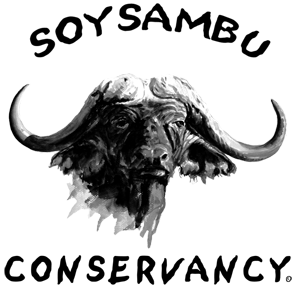BY DUNCAN ODUOR
The 2008 Red List of Threatened Species by the IUCN (International Union for the Conservation of Nature) portrayed 5,966 species as threatened out of the nearly 60,000 described vertebrates’ species species on Earth. An additional 2,496 species of invertebrates and 8,457 species of plants were also listed. Only 43%of all known vertebrates’ species, 4% of all plants, and less than 0.5%of invertebrates were evaluated and others may be in danger.
IUCN has estimated that 1/3 of all amphibians’ species, 1/4 of all mammals and more than one in ten birds are sliding towards extinction .Long before species are technically extinct, they become so rare as to be gone from nature. Many people, organizations and governments are now dedicated to stop the trend and protecting what remains. Beyond species-specific strategies, efforts include laws limiting hunting and trading of endangered animals, preservation of habitats such as parks, reserves, private conservancies, and even international treaties.
Locally, environmental groups have organized projects that give communities incentives to protect wildlife and habitats. Most species particularly predators and large animals require large intact areas to sustain healthy populations.

















